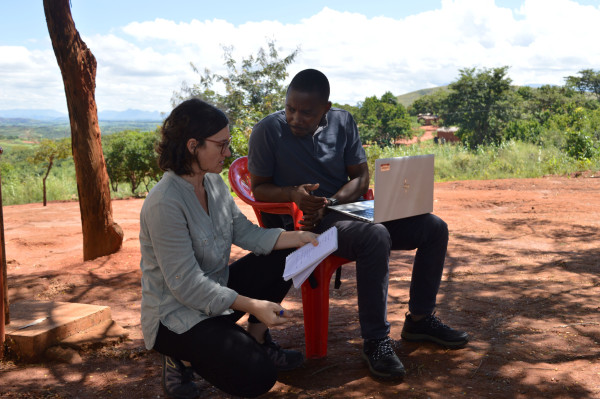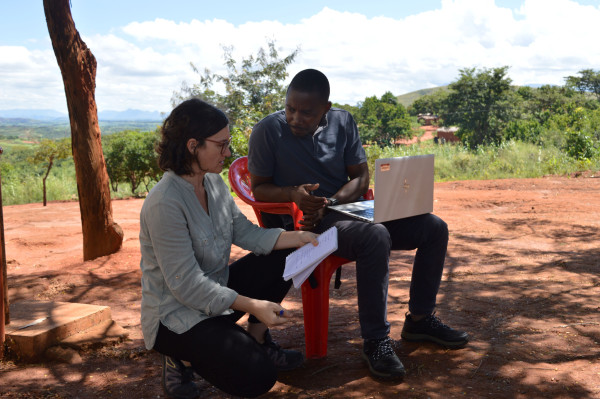
Food insecurity in Southern Africa is worsening, driven by erratic weather patterns, pest outbreaks, and economic shocks. An estimated 46.3 million people across seven countries -Botswana, the Democratic Republic of Congo, Eswatini, Lesotho, Madagascar, South Africa and Tanzania— are projected to fate acute food insecurity during the 20205/26 consumption period. As shocks intensify, timely and harmonized vulnerability assessments remain critical to inform early action, response planning, and policy development.
To this end, representatives from 11 Southern African Development Community (SADC) Member States, joined by regional and international partners including the Food and Agriculture Organization of the United Nations (FAO), World Food Programme (WFP), Famine Early Warning Systems Network (FEWS NET), and the Integrated Food Security Phase Classification (IPC) Regional Support Unit, gathered virtually from 14 to 16 July 2025 for the Annual Dissemination Forum of the SADC Regional Vulnerability Assessment and Analysis (RVAA) Programme. The event was followed by the 29th Steering Committee meeting on 17 July 2025.
Despite data collection and budgetary challenges, seven Member States successfully completed their national assessments and presented findings at the forum. These findings contributed to the finalization of the 2025 Regional Synthesis Report on the State of Food and Nutrition Security in SADC, validated by the Regional Vulnerability Assessment Committee (RVAC).
The report highlights a concerning uptick in food insecurity, particularly in the Democratic Republic of Congo, Mozambique and low-income urban areas, underscoring the compounded impact of the 2024 El Niño-induced drought, ongoing conflict, and high food prices. At the same time, the region experienced normal to above-normal rainfall in many areas during the 2024/25 season, supporting a modest recovery in cereal production and grazing conditions, particularly in countries like Tanzania, Lesotho and Eswatini.
FAO’s technical support and way forward
As a long-standing partner of the RVAA system, FAO continues to support Member States in enhancing the quality and use of vulnerability assessments. This includes contributing technical expertise to the Regional Vulnerability Assessment Committee, promoting alignment with IPC frameworks, and strengthening links between data and early action.
Looking ahead, FAO will continue engaging with SADC Member States and partners to improve the quality and coverage of vulnerability assessments across the region. This includes supporting harmonization of tools and methodologies, promoting digital data collection systems, and fostering cross-country learning and peer-to-peer exchange. FAO is committed to working alongside the SADC Secretariat to strengthen the institutional sustainability of the RVAA programme and integrate early warning into broader disaster risk management systems.
The outcomes of the 29th Steering Committee meeting reaffirm the urgency of accelerating investment in regional food security analysis. The Committee called for renewed efforts to mobilize resources for the upcoming landscape analysis of existing national frameworks, which will inform the development of a harmonized vulnerability assessment framework for the SADC region by 2026. FAO will remain a key technical partner in this process, offering expertise to ensure that the proposed framework is scalable, inclusive, and responsive to the complex drivers of vulnerability facing Southern Africa today.
Distributed by APO Group on behalf of Food and Agriculture Organization of the United Nations (FAO): Regional Office for Africa.


